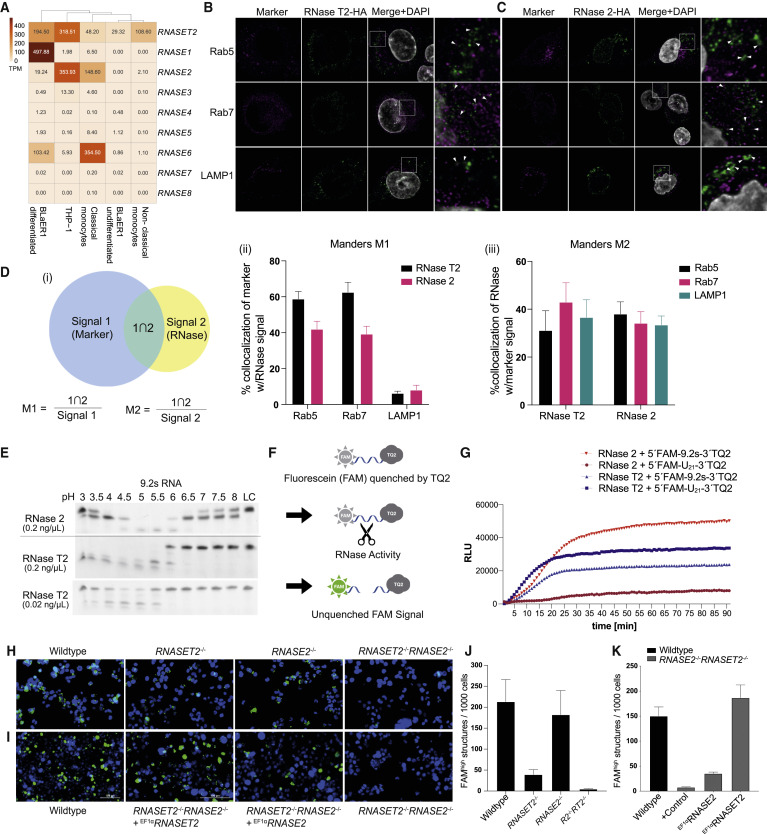Recently, a team led by the University of Bonn discovered how TLR8 plays an important role in defending human cells against invaders. It was found that when RNaseT2 and RNase2 cut the ribonucleic acid (RNA) of bacteria into small fragments with fingerprint characteristics, they were able to be recognized by TLR8 and countermeasures were initiated. And the results are published in the recent issue of Immunity.
When bacteria or malaria parasites invade host cells, these cells try to drive off pathogens by releasing ROS. Cells enter a state of emergency, place themselves in an isolated state, and generate inflammatory signals that attract and activate other immune cells. These immune cells can then kill infected cells or form antibodies against pathogens, thus ideally, achieving long-term protection against infection.
But how do host cells recognize whether there are “undesirable guests”? Like the radar system, TLR8 monitors the presence of ribonucleic acid (RNA) with special characteristics during the recovery or uptake of living pathogens by dead cells, which in turn considers the presence of foreign invaders.

TLR8 has long been neglected, Dr. Eva Bartok said. The reason is that it is not active in mice, but many immunological studies have been performed on mouse models. However, it plays an important role in humans. As explained by the team leader at the Institute of Clinical Chemistry and Clinical Pharmacology at the University Hospital of Bonn, it is only with the advent of CRISPR-Cas9 gene-editing technology that it is possible to understand the importance of TLR8 immunosensors in human cells.
By turning off other genes, the researchers discovered two important tools of the immune system: RNaseT2 and RNase2. These two enzymes can ensure that the immunosensor TLR8 is able to detect ribonucleic acid of bacteria and malaria in the first place. TLR8 detects whether the RNA is from the host or invader only after the RNA is broken down into readable fragments by RNaseT2 and RNase2.
Scientists initially focused on cell culture lines from tumors. To test the results, they used blood cells from patients with a very rare congenital inflammatory disease in which RNaseT2 cannot be produced due to a genetic defect, and these patients, therefore, suffer from a severe mental and physical disability. The original immune cells from these patients allowed Bonn researchers to well validate the results of CRISPR-Cas9 model cell lines.
The interaction of RNaseT2 and RNase2 with TLR8 is a key factor in the intracellular immune response against pathogens, Bartok said. It is possible to specifically activate TLR8 through specific RNA molecules, which brings high-intensity stimulation to the immune system and helps to develop new vaccines for anti-infection or cancer immunotherapy.
See Related TLR8 Protein Products
Reference
Thomas Ostendorf et al, Immune Sensing of Synthetic, Bacterial, and Protozoan RNA by Toll-like Receptor 8 Requires Coordinated Processing by RNase T2 and RNase 2, Immunity (2020). DOI: 10.1016/j.immuni.2020.03.009